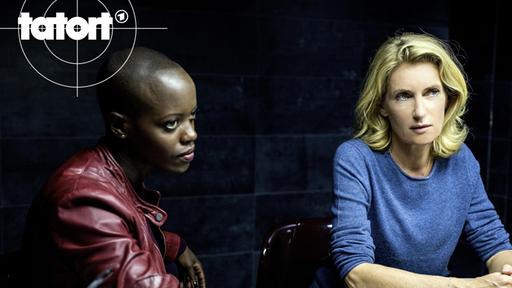

Tatort
Main character: Various
Country of origin: Germany
Main location: Various
Creator: Gunther Witte
Born in: Riga, Latvia
Born on: September 26, 1935
Died in: Berlin, Germany
Died on: August 16, 2018
Nationality: German
Television series started in: 1970
Producer: ARD
Number of seasons: 46
Latest season broadcast: 2020, Lass den Mond am Himmel stehen (Eng. transl.: Let the moon stand in the sky)
Transnational distribution: Yes (partially distributed to over 50 countries)
Case study rationale:
In 1969, the German public broadcaster ARD was losing a lot of viewers to its direct competitor, ZDF, whose crime series der Kommissar proved very successful. An alternative had to be found and Gunter Witte, a young theatre scholar, was tasked to create a rival crime show. Witte developed the Tatort series based on three rules that in principle are still valid today. There is always a commissioner. The cases must be located in the reality of the audience’s lives. And, perhaps the most important rule: regionality. It was precisely this regional anchoring that ensured Tatort’s unbroken vitality to this day. Since the ARD consists of various state broadcasting corporations, there is not one, but many commissioners. This makes it easier for an investigator to retire. Once an investigator retires, another takes his place, so the series never comes to a natural end. Der Kommissar only lasted until 1975, Tatort is still ongoing. The main feature of Tatort is that it is jointly produced by all participating regional TV stations. Each of the eleven companies involved (the nine German regional TV channels or Landesrundfunkanstalten that together form ARD, plus ORF in Austria and SRF in Switzerland), produces its own episodes. Each station features usually more than one team of inspectors in different cities in its region, depending on the size of the producing broadcaster. Each of the roughly 20 active teams appears one to two times each year. Nearly every Sunday, a new episode from a different city premieres on Das Erste; old episodes are often shown through all participating stations as part of their common programming. Episodes also deal with social and political issues within Germany and Europe. Tatort is the first crime show to address conflicts between the different social classes. The theme of the division of Germany was repeatedly taken up. The topic of migration takes up a unique position, and has been featured in the series since the late 1970s, which led to spectator protests and, among other things, a complaint by Franz Josef Strauß. The socio-political aspects in particular have made the crime scene the subject of scholarly activity, mainly in the fields of sociology, philosophy and literary studies. Being the most successful German crime show, Tatort has not found wide distribution in non-German speaking countries. Many investigators were distributed as stand-alone mini series. Most notably the 2013 series starring Til Schweiger and Fahri Ogün Yardım in Hamburg was distributed by Channel 4 under the title Nick’s Law. While Tatort remains primarily known in Germany, parts of it have been distributed to over 50 countries worldwide.
Online research resources
Watch
Trailer: “Feierstunde”, the episode of Tatort set in Münster [in German]:
Trailer: “Feierstunde”, the episode of Tatort set in Münster [in German]:
Trailer: “Schwanensee”, the episode of Tatort set in Münster [in German]:
Trailer: “Schwanensee”, the episode of Tatort set in Münster [in German]:
Read
- Boos, Alexander. Export-Schlager. “Tatort: Bald im russischen TV? – Diese Länder schauen Kult-Krimi”. Sputnik Deutschland. Zur Folge VI. Web.
- Kimmelman, Michael. “German Viewers love their Detectives”. The New York Times. Aug. 26, 2009. Web.
- International Crime Fiction Research Group, Tatort – The Flagship of German crime series. Apr. 3, 2015. Web.
- Mattson, Michelle. “Tatort: The Generation of Public Identity in a German Crime Series”. New German Critique 78, Autumn (1999): 161-181.
All images and videos are copyright to their respective owners and are protected under international copyright laws.
All the images and videos on this page are not hosted on the DETECT Portal server but are only inserted as links.


